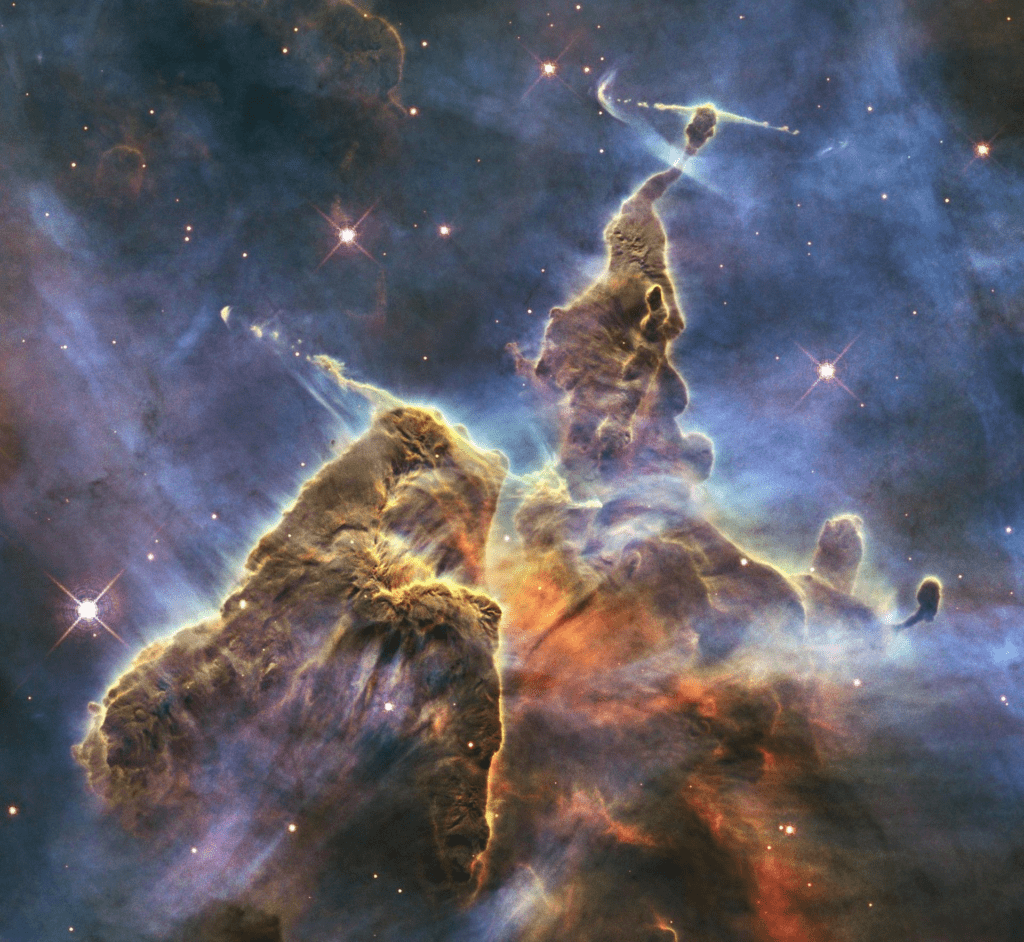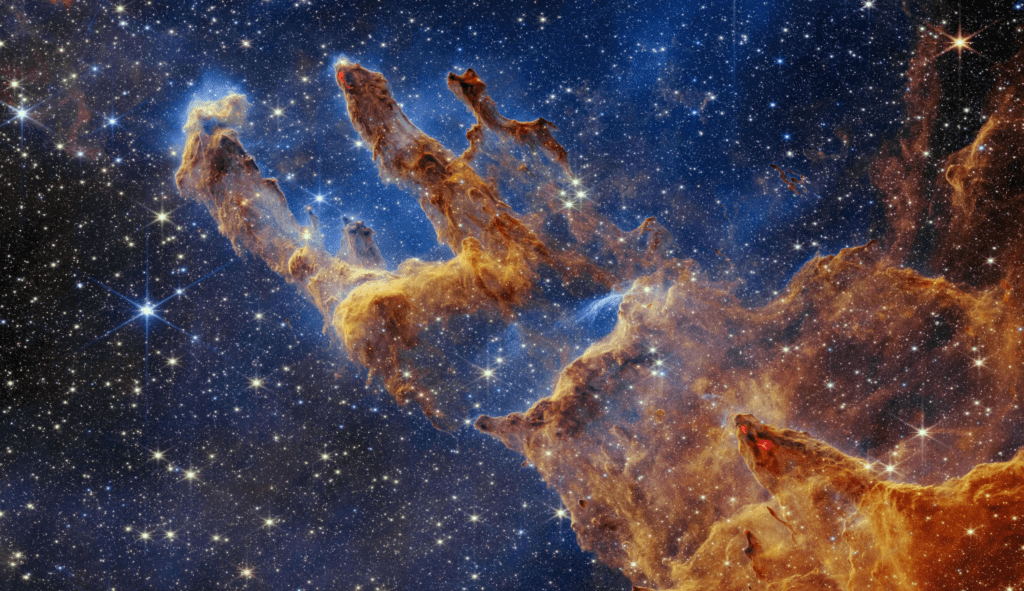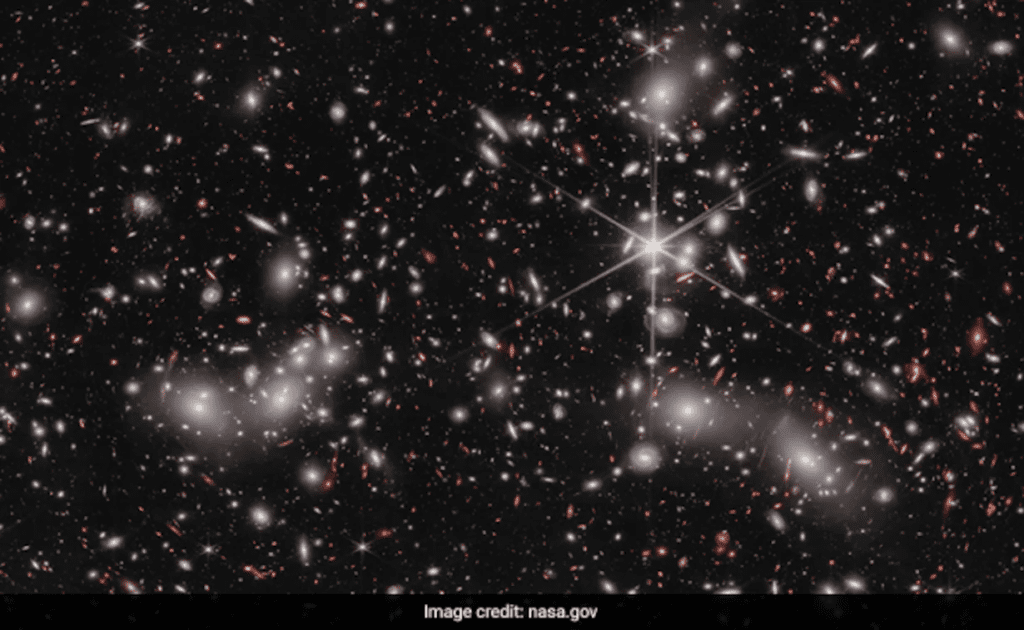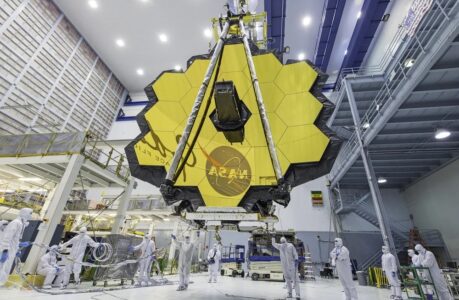Unlocking the Mysteries of the Universe: A Journey with the James Webb Space Telescope
The James Webb Space Telescope (JWST) is on the verge of becoming the most monumental scientific instrument ever to venture into the cosmos. With a launch date fast approaching, this remarkable space telescope is poised to transform our understanding of the universe, peering deeper into space and further back in time than ever before. In this article, we will delve into the awe-inspiring significance of the James Webb Space Telescope and explore how it promises to revolutionize our knowledge of the cosmos.
Introduction: A Glimpse into the Universe
For centuries, humanity has been captivated by the stars and the mysteries of the cosmos. From the invention of the telescope by Galileo Galilei in the 17th century to the Hubble Space Telescope’s awe-inspiring images in the 20th century, our quest to explore the universe has been relentless. However, the James Webb Space Telescope represents a quantum leap in our ability to peer into the depths of space.

Chapter 1: The Birth of a Dream
The story of the James Webb Space Telescope begins with a vision – a vision of a telescope that could push the boundaries of our knowledge of the universe. Named in honor of James E. Webb, NASA’s second administrator, this telescope is the result of decades of planning and innovation.
Webb’s Legacy
James E. Webb played a pivotal role in the early days of the U.S. space program. He led NASA from 1961 to 1968, a period that included the historic Apollo missions to the Moon. Webb’s commitment to scientific exploration laid the groundwork for future space endeavors, including the construction of the Hubble Space Telescope.
The Hubble’s Legacy
The Hubble Space Telescope, launched in 1990, provided humanity with breathtaking images and groundbreaking discoveries. It fundamentally transformed our understanding of the cosmos by capturing galaxies, nebulae, and other celestial objects in unprecedented detail. However, Hubble had its limitations, and scientists dreamed of a telescope that could overcome them.

Chapter 2: Advancing Beyond Hubble
While Hubble was a pioneer in space observation, it had its limitations. One significant drawback was its sensitivity to visible and ultraviolet light, which restricted its ability to peer into certain regions of the universe. Additionally, Hubble’s instruments were limited in their infrared capabilities, preventing it from studying certain celestial phenomena effectively.
The Infrared Advantage
The James Webb Space Telescope’s most significant advantage over its predecessor lies in its ability to observe the universe in the infrared spectrum. Infrared light has longer wavelengths than visible or ultraviolet light, making it ideal for studying objects that emit faint or obscured light. This capability enables JWST to peer through cosmic dust clouds, revealing hidden celestial wonders.
Unveiling the Birth of Stars
One of JWST’s primary missions is to study the formation of stars and planetary systems. Infrared observations are crucial for this task because young stars are often shrouded in dense clouds of gas and dust. JWST’s ability to see through these obscuring clouds will provide unprecedented insights into the birth of stars and planets, shedding light on the cosmic origins of our solar system.
Chapter 3: Peering Back in Time
As we look deeper into the universe, we are also looking further back in time. The light from distant celestial objects takes millions or even billions of years to reach us, allowing us to glimpse the universe as it was in the distant past. The James Webb Space Telescope is uniquely positioned to explore these cosmic time capsules.
Hunting for the First Galaxies
One of the most exciting prospects of JWST is its ability to study the first galaxies that formed after the Big Bang. These ancient galaxies, which are billions of years old, hold the key to understanding the early universe’s conditions and evolution. By capturing their light, JWST will help answer fundamental questions about the cosmos’ origins and development.

Probing Exoplanet Atmospheres
In recent years, the search for exoplanets—planets outside our solar system—has intensified. JWST will play a crucial role in this quest by analyzing the atmospheres of exoplanets for signs of habitability and potential life. By studying the chemical compositions and climates of these distant worlds, we may come closer to answering the age-old question: “Are we alone in the universe?”
Chapter 4: A Monumental Engineering Feat
Building the James Webb Space Telescope has been a monumental engineering challenge. With its sensitive instruments and the need to operate at extremely low temperatures, JWST represents a technological marvel that will push the boundaries of human capability.
The Webb’s Sunshield
One of the most critical components of JWST is its sunshield. This five-layered, tennis-court-sized shield is designed to protect the telescope’s delicate instruments from the Sun’s heat and light. By keeping the telescope’s temperature extremely low, the sunshield ensures that JWST can detect faint infrared signals from the cosmos.
The Cryogenic Cooling
JWST’s instruments need to operate at temperatures as low as -370 degrees Fahrenheit (-223 degrees Celsius) to detect faint infrared emissions. Achieving such frigid temperatures in space is no easy task. The telescope relies on a specialized cryogenic cooling system to maintain these extreme conditions.
Chapter 5: The International Collaboration
The James Webb Space Telescope is not the product of a single nation but a collaborative effort involving multiple space agencies. NASA, the European Space Agency (ESA), and the Canadian Space Agency (CSA) have come together to build and launch this extraordinary telescope.
International Partnerships
The partnership between NASA, ESA, and CSA reflects the global interest in space exploration. Each agency has contributed crucial components and expertise to ensure JWST’s success. The collaboration serves as a model for future international space missions, emphasizing the importance of working together to expand our understanding of the universe.
A Shared Vision
The international collaboration behind JWST also underscores the universality of scientific exploration. The knowledge gained from this telescope will benefit all of humanity, transcending national boundaries and fostering a shared sense of wonder and discovery.
Chapter 6: The Promise of Discovery
The James Webb Space Telescope is not just a scientific tool; it’s a promise of discovery and understanding. As it embarks on its journey into the cosmos, we can anticipate a treasure trove of new insights and revelations that will reshape our perception of the universe.
Expanding Our Cosmic Horizons
With its advanced instruments and unrivaled capabilities, JWST will extend our cosmic horizons. It will reveal hidden facets of the universe, from the earliest galaxies to the atmospheres of distant exoplanets. Each observation made by JWST has the potential to rewrite textbooks and challenge existing theories, propelling us towards new frontiers of knowledge.
The Impact on Future Generations
The James Webb Space Telescope also has the power to inspire future generations of scientists, engineers, and explorers. Just as Hubble captured the imagination of millions, JWST’s discoveries will ignite a passion for space exploration and scientific inquiry. It will serve as a beacon of human achievement, encouraging young minds to dream big and reach for the stars.
James Webb Space Telescope
In conclusion, the James Webb Space Telescope represents a monumental leap forward in our quest to understand the universe. From its inception as a dream to its realization as a cutting-edge scientific instrument, JWST embodies the relentless human spirit of exploration and curiosity. As it prepares to unlock the secrets of the cosmos, we stand on the threshold of a new era of discovery—one that promises to reshape our understanding of the universe and our place within it.

